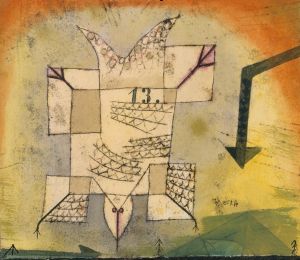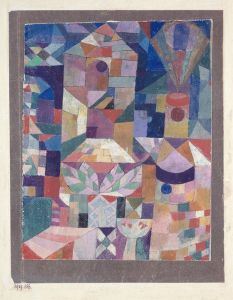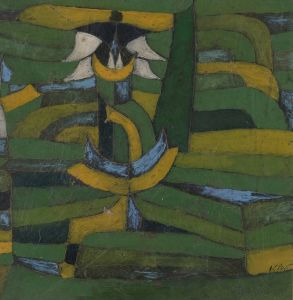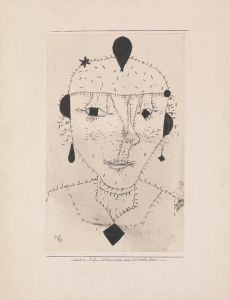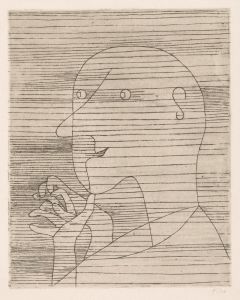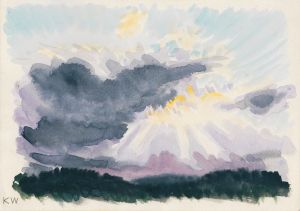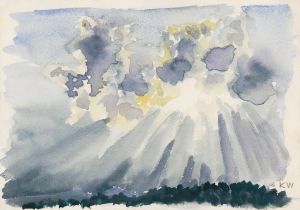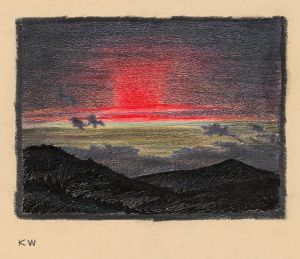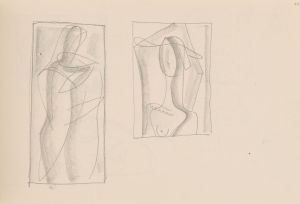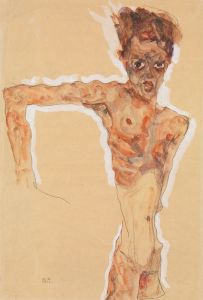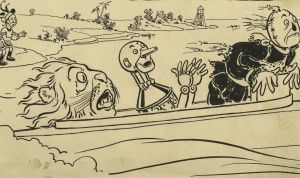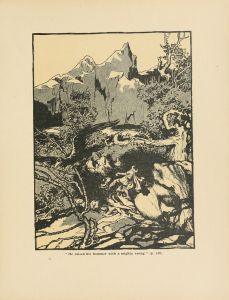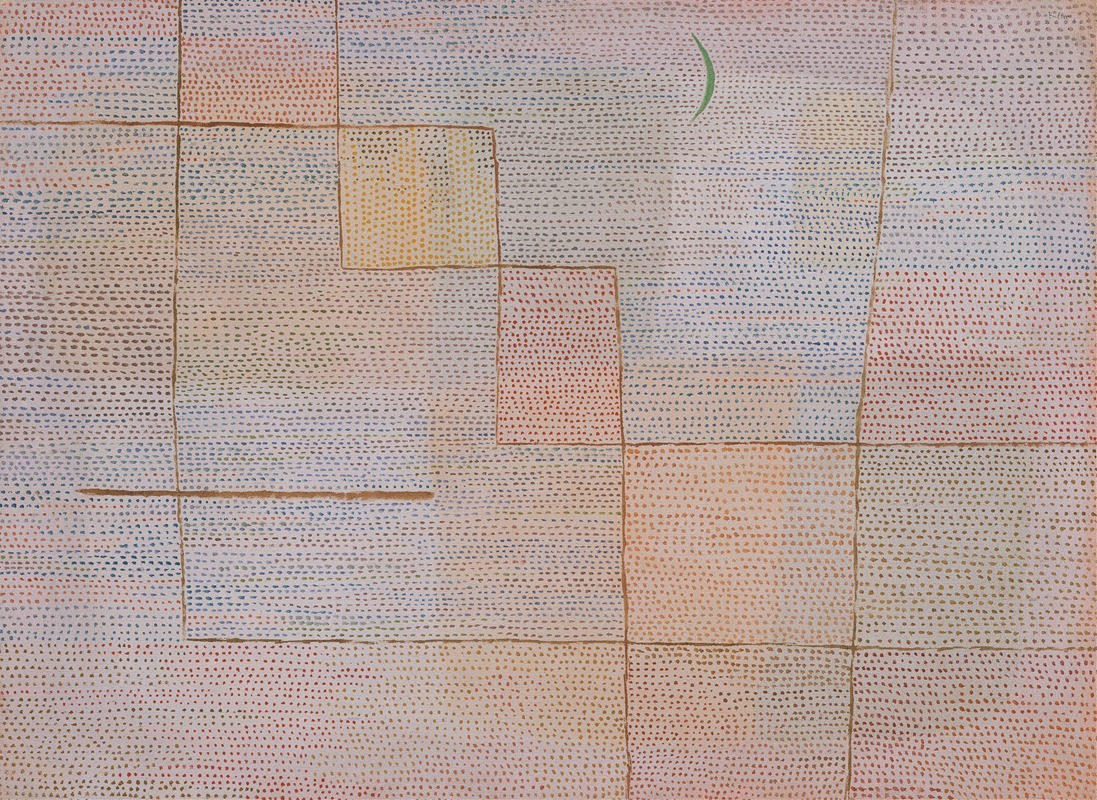
Clarification
A hand-painted replica of Paul Klee’s masterpiece Clarification, meticulously crafted by professional artists to capture the true essence of the original. Each piece is created with museum-quality canvas and rare mineral pigments, carefully painted by experienced artists with delicate brushstrokes and rich, layered colors to perfectly recreate the texture of the original artwork. Unlike machine-printed reproductions, this hand-painted version brings the painting to life, infused with the artist’s emotions and skill in every stroke. Whether for personal collection or home decoration, it instantly elevates the artistic atmosphere of any space.
Paul Klee's Clarification is a painting created in 1932 by the Swiss-born German artist, who is widely regarded as one of the most influential figures in modern art. Klee was known for his highly individual style, which combined elements of abstraction, surrealism, and expressionism. His works often featured a unique blend of geometric forms, vibrant colors, and symbolic imagery, reflecting his deep interest in music, philosophy, and the natural world.
Clarification was created during a period when Klee was teaching at the Düsseldorf Academy of Fine Arts in Germany. This was a time of significant artistic productivity for Klee, but also one of growing political tension in Germany, as the rise of the Nazi regime began to impact cultural and artistic freedoms. In 1933, shortly after completing this work, Klee was dismissed from his teaching position by the Nazis, who labeled his art as "degenerate."
The painting itself exemplifies Klee's mastery of form and color. It features a composition that balances abstract shapes and lines with a sense of harmony and rhythm, reminiscent of musical compositions. Klee often used titles to guide viewers' interpretations of his works, and the title Clarification suggests a process of making sense of complexity or finding order within chaos. However, as with much of Klee's art, the meaning remains open to individual interpretation.
Klee's artistic philosophy was deeply influenced by his teaching experiences at the Bauhaus and his exploration of color theory. He believed that art should not merely imitate nature but should instead reveal the underlying structures and forces that shape the world. This approach is evident in Clarification, where the interplay of shapes and colors creates a sense of depth and movement, inviting viewers to engage with the work on both an intellectual and emotional level.
Today, Clarification is recognized as an important example of Klee's mature style. The painting is held in a private collection, and its details have been studied by art historians and enthusiasts alike. Klee's legacy continues to inspire artists and audiences worldwide, and his works remain a testament to his innovative spirit and profound understanding of the creative process.
This concise overview is based on verified historical information about Paul Klee and his artistic contributions.





